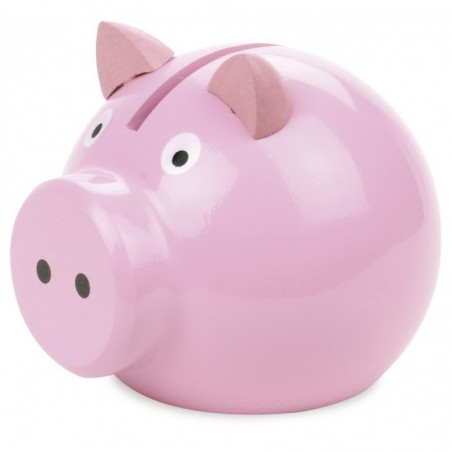- Out-of-Stock








In the 11th century, English potters made inexpensive jars from "pygg", a type of low-quality clay. At the time, these containers were filled with foodstuffs and other everyday items. But they also hid money! They were known as "pygg banks", a worthy British counterpart to the French bas de laine, which in the 19th century consisted of keeping one's savings in a woolen stocking.
Later, the homophony of "pygg", clay, with "pig", pig, gave some craftsmen the idea of making the same containers... but in the shape of a pig!
| Origin : | Moirans-en-montagne (Jura) |
| Height : | 7 cm |
| Lenght : | 10 cm |
| Depth : | 10 cm |
You might also like